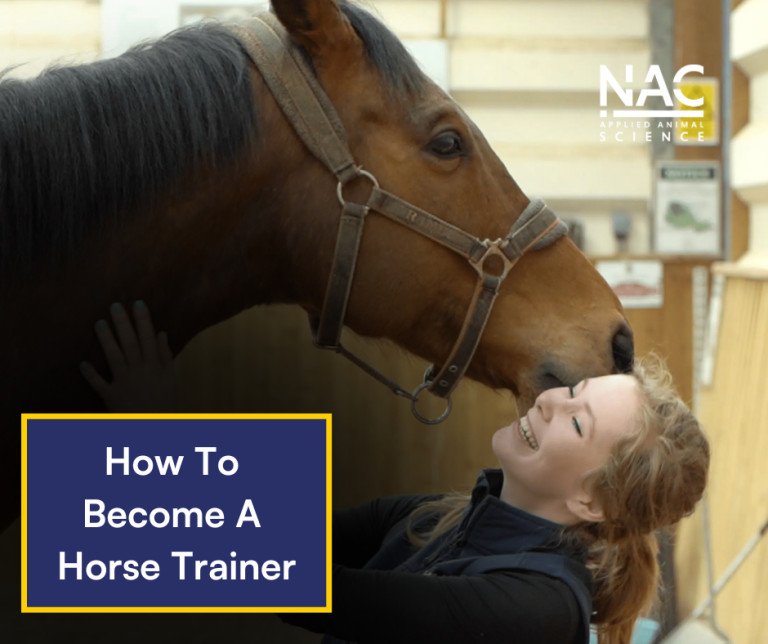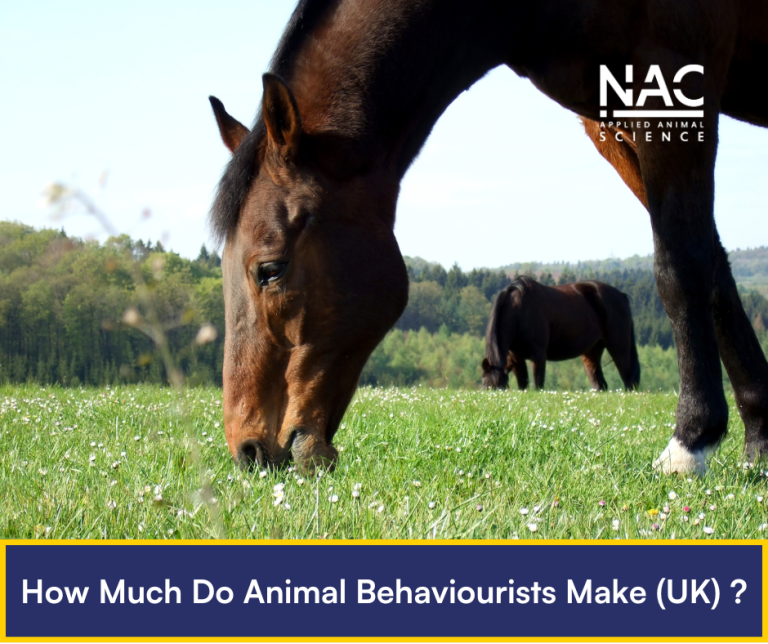Your basket is currently empty!
Does your horse move away when you go to mount?
There are usually clear underlying reasons for this behaviour and understanding them is the first step to resolving it.
Pain and Discomfort
One of the most common factors behind mounting difficulties is pain or discomfort. Before assuming it is a training issue, always rule out physical causes.
Ask yourself:
- Does the saddle or girth fit correctly?
- Has your horse’s back or teeth been checked by a qualified professional recently?
- Does your horse show signs of tension or resistance when being tacked up?
If the answer to any of these is yes, address these issues before continuing training.
When tack is ill-fitted or if there is underlying physical discomfort, mounting can become associated with pain. This creates a negative association for the horse and will anticipate discomfort before it happens and may move away to avoid it. This is a natural response to an aversive stimulus, not disobedience.
Emotional Associations and Past Experiences
Even once pain is no longer present, previous experiences of discomfort or anxiety during mounting can leave a lasting emotional memory. Horses learn through classical conditioning, where neutral events can become paired with negative emotions if they have been followed by something unpleasant. If your horse has a stressful or painful experience in that past, these cues may still trigger a conditioned emotional response such as tension, avoidance or escape behaviours (walking away).
Building Positive Associations
Once pain and tack issues have been ruled out and resolved, you can begin retraining the mounting process using positive reinforcement. The aim is to replace old, negative associations with new, positive ones.
By using desensitisation and counterconditioning, you can help your horse rebuild confidence and predictability around mounting. Breaking the process down into successive approximations and rewarding each moment of relaxation, will gradually create positive associations with the mounting block for your horse.
When a horse refuses to stand for mounting, it is important to read between the lines. By listening to their feedback, addressing potential pain, and retraining through positive reinforcement methods, you can rebuild confidence and create a relaxed, cooperative mounting experience.
If you would like to understand more about the science behind equine learning, behaviour join us at The NAC and apply for our Diploma in Equine Training & Coaching (Distance Learning).
Learn to apply evidence-based methods that support confident and ethical training.

![Dog Recall Training [Guide]](https://the-nac.co.uk/wp-content/uploads/2025/04/5-1-768x644.png)




